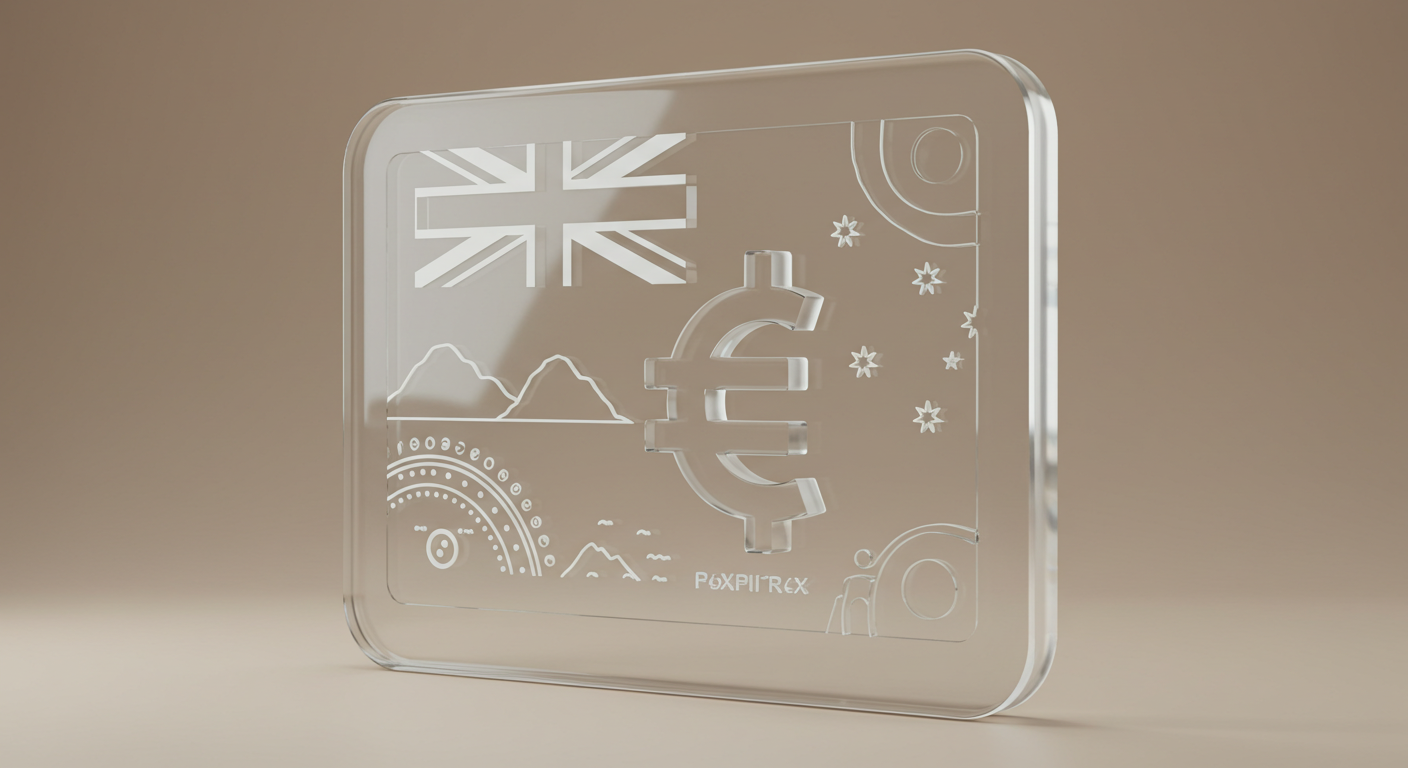
The Australian Dollar has stabilised following the People’s Bank of China maintaining its Loan Prime Rates at 3.00% for one year and 3.50% for five years. Despite this, the prospect of the US engaging in Middle East conflicts might help the US Dollar regain strength.
The Australian Dollar has rebounded, although tensions in the Middle East may restrict its further rise. The AUD/USD pair currently stands at approximately 0.6480, with technical indicators pointing towards potential bullish trends.
China’s Economic Indicators and Australia’s Employment
China’s Retail Sales increased by 6.4% YoY in May, above expectations, while its Industrial Production rose by 5.8% YoY, yet below forecasts. The Australian Economy reported a 2.5K drop in Employment Change for May, maintaining an unemployment rate of 4.1%.
The US Dollar Index is slightly down at around 98.60. The Federal Reserve has decided to keep interest rates at 4.5%, although future rate cuts may depend on economic data.
US-Iran tensions continue, with recent reports suggesting possible US military action. Ongoing uncertainties about Iran’s nuclear programme could influence future market movements. The US administration’s discussions are keenly watched by market participants.
All right, given where we are now, it’s worth focusing more intently on how various gears are turning together. The Reserve Bank in Beijing holding the Loan Prime Rates steady offered a layer of predictability. What followed? The Australian Dollar caught a bit of a lift, but let’s not let that fool us into assuming new upward momentum is locked in. It merely bounced back into a previous range.
When retail numbers from China come in ahead of projections—like that 6.4% year-on-year rise in May—it often signals improved consumption sentiment. But the industrial production side underwhelming at just 5.8% brings in a dose of realism. That tension, between consumption and manufacturing output, is where pressure can build or ease on resource-linked currencies. Think through that in the context of export demand and broader investor appetite for commodity exposure—especially when it comes to iron ore, which Australia relies on heavily.
Us Dollar and Geopolitical Tensions
Now contrast that with the local picture. Australia’s employment figures showed a slight contraction—2,500 jobs lost, and yet the unemployment rate remains at 4.1%. For us, that suggests underlying strength, or at least resilience, in the domestic labour market. But coupled with that modest dip in employment, it doesn’t really provide the fuel needed for aggressive tightening or robust hawkish shifts from the Reserve Bank of Australia.
On the flip side, we watched the Fed hold their rate steady at 4.5%, which was widely expected. The real question now revolves around whether peak rates are in and when the pivot towards easing begins. The Fed continues to frame future moves around incoming data, leaving the door open but not yet touching the handle.
Meanwhile, the US Dollar Index hovering around 98.60 reflects a basic pullback, not a downward spiral. It’s quiet, but definitely alert. And with the spectre of new military involvement in the Middle East re-emerging, nobody is ignoring the broader implications. Any escalation—particularly in the energy corridor—could provide the Dollar with ample reason to find a firm footing again. These kinds of situations traditionally spark a flight to safety, and the greenback has commonly been the beneficiary in those moments.
Tensions surrounding Iran’s nuclear ambitions don’t just sit in a vacuum; they feed directly into commodity pricing and risk sentiment more broadly. With policymaker rhetoric getting sharper and conversations more visible, the reaction both in treasury markets and broader derivatives is likely to be sharper too. There’s no neutrality in perception here—traders will be defensive until there’s clarity.
Given all this, forward-looking pricing will hinge heavily on rate expectations and geopolitical headlines. We’re watching both ends of the curve: near-term bets tied to oil fluctuation and longer-dated options that reflect central bank timing. In venues such as options markets, we’re seeing premiums adjust modestly, which suggests a waiting posture rather than any new directional conviction.
In sum, while the AUD/USD appears to have regained some ground, the macro mix—labour soft spots at home, uncertainty surrounding Chinese output, and US military exposure risk—suggests that we should continue adjusting risk profiles for tail exposure rather than chasing short-term uptrends. The volatility is not absent; it’s just compressed and ready to surface quickly.







